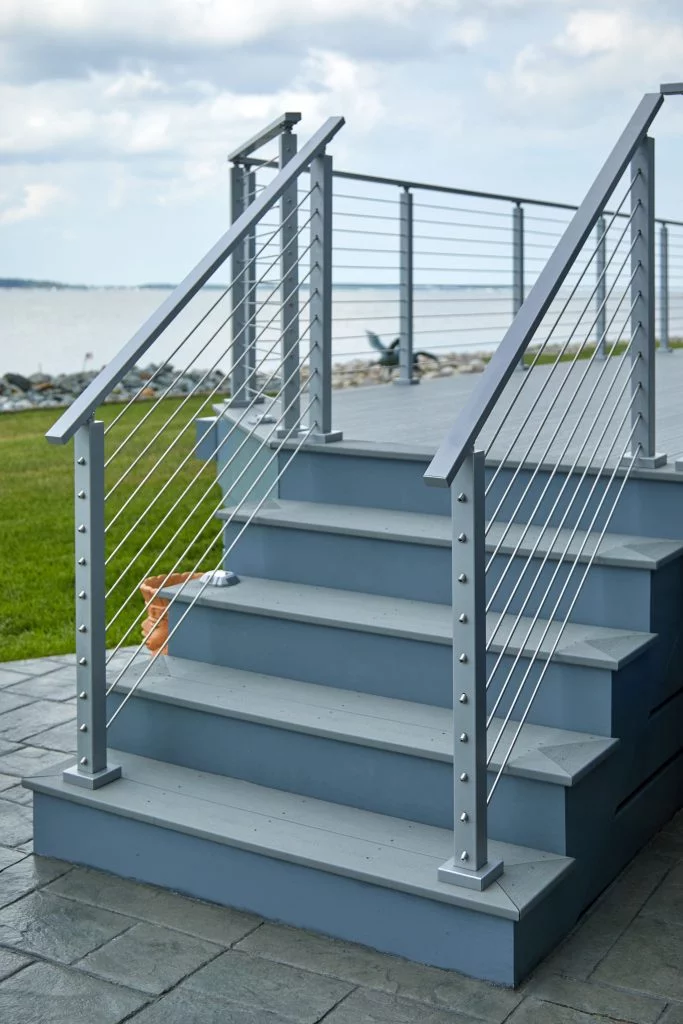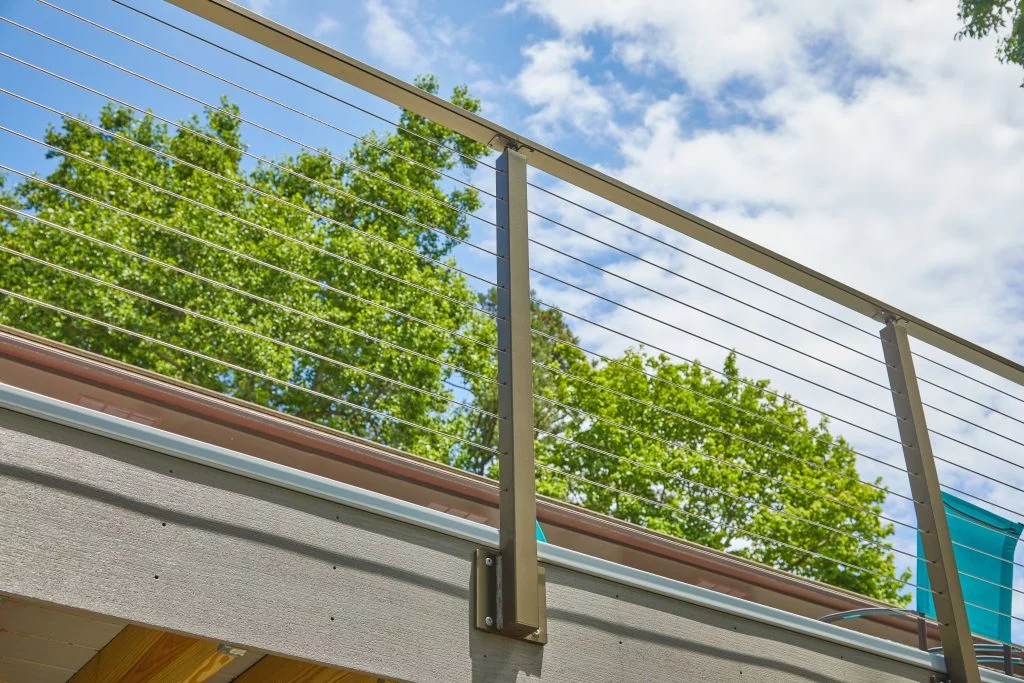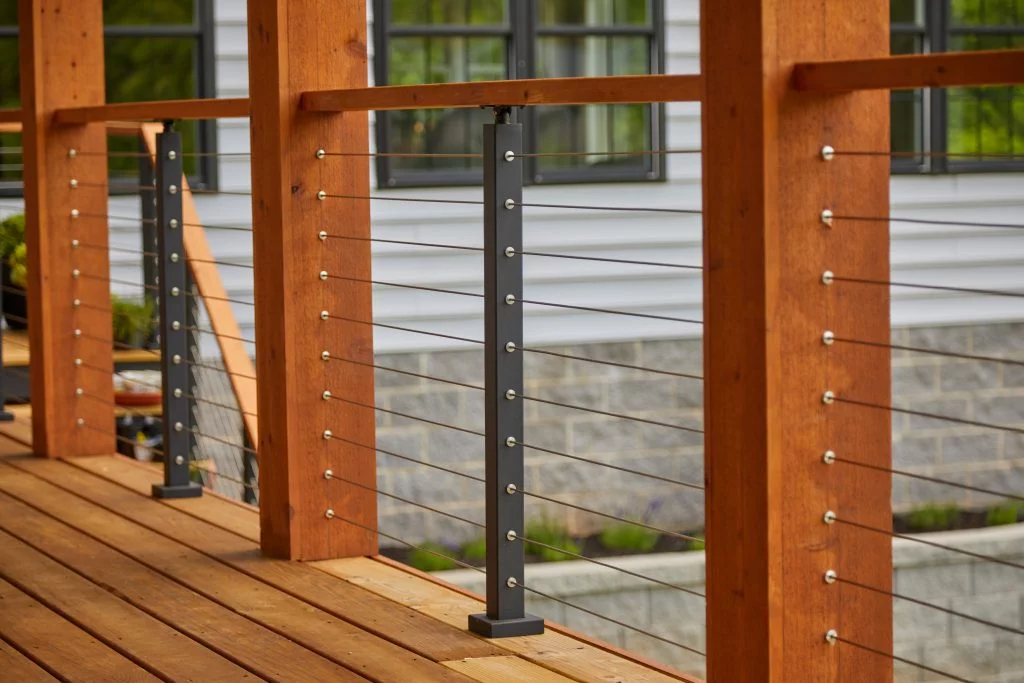Code & Safety For Deck Railing
Why is Deck Railing Code so Important?
Code requirements can be wordy and difficult to sift through. If you’re a homeowner, you might wonder which parts of code actually applies to you, and whether you actually have to pay close attention.
Deck railing code is in place for a reason, however. It exists to keep people safe. Though it might be a bit tedious to sift through, in the end, doing your research and preparation will be well worth your time.
After all, you’ve invested a lot in your deck railing system. You want to make sure that that system protects the people you care about for years to come.
Other Deck Railing Articles:

Code For Guardrail
Guard railing is the protective railing that keeps people from falling off open-sided walkways like stairs, ramps, or balconies. Guard railings come in a variety of forms, such as wood or iron vertical stair balusters, horizontal cable railing, or glass panel systems.
Where to Put Guard Railing: According to the 2018 IRC, guard railing is required on any open-sided walkway that is elevated more than 30” from the floor or grade below. It’s required at all points within 36” horizontally to the edge of the open side.

Guard Height Requirements: The absolute minimum height requirement for residential guard railing is 36” in some states, although states (like California) have a minimum of a 42” handrail height. Viewrail offers 36”, 39”, and 42” handrail heights to meet every state’s requirement.
On a flat surface, measure vertically above the adjacent walking surface. On a staircase, imagine a string pulled tight and resting on the stairs, creating a smooth slope. Measure vertically from the imagined sloped line that connects the nosings to the top of the rail. For stairs, 36” is standard in every state (except for a few special cases)

The 4” Sphere Rule: There can’t be any openings wide enough for a 4” sphere to pass through anywhere from the base of the walking surface to the minimum guard height. This particularly applies to cable railing, rod railing, and baluster railing systems that have open spaces between each individual rail.
However, glass panel systems also often have an open space between the top of the glass panel and the handrail, or between the bottom of the glass panel and the walking surface, so the 4” sphere rule can apply to those systems as well.
The only notable exception to this is often allowed at the back of step for a gap up to 6”. When any horizontal railing is on a diagonal across the rise and run of step, it will almost always exceed 4” gap, and thus an allowance was made.